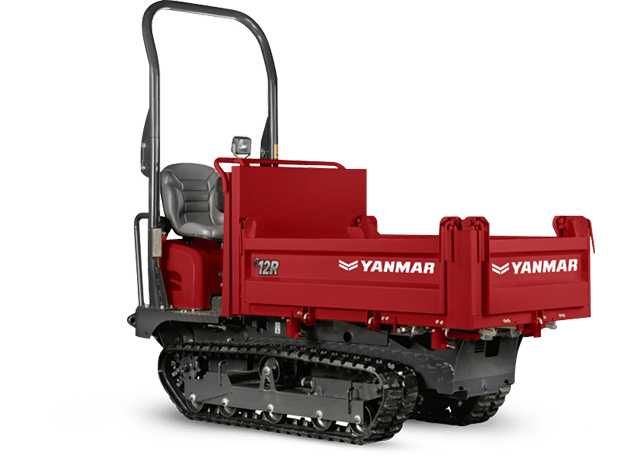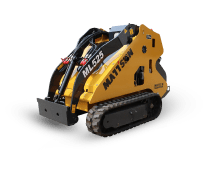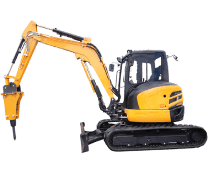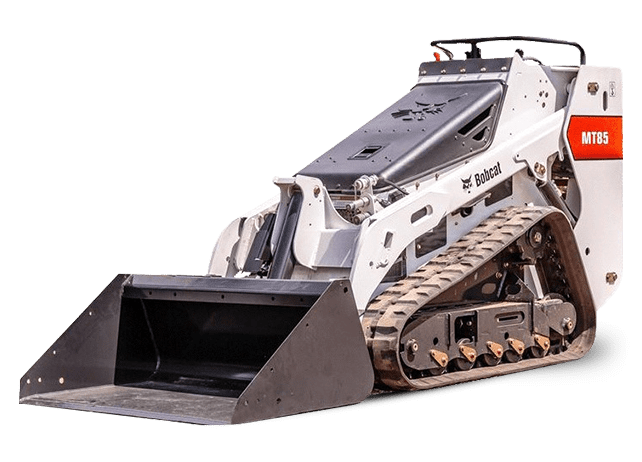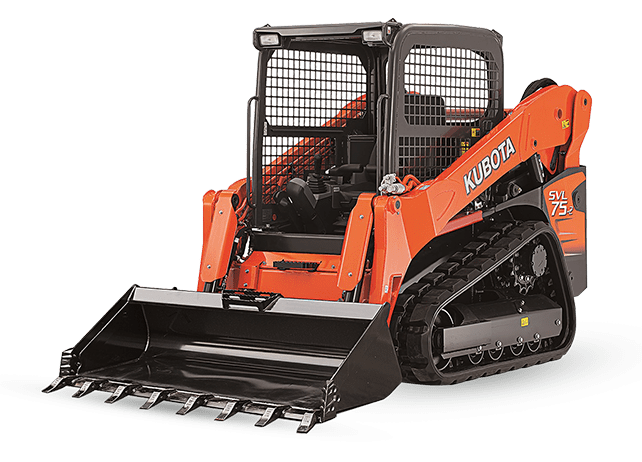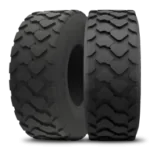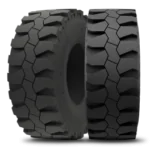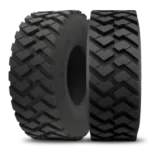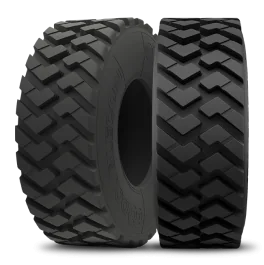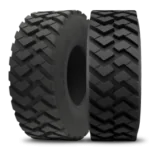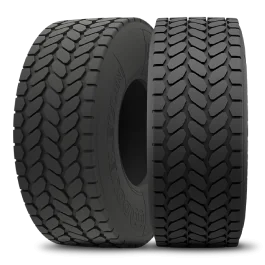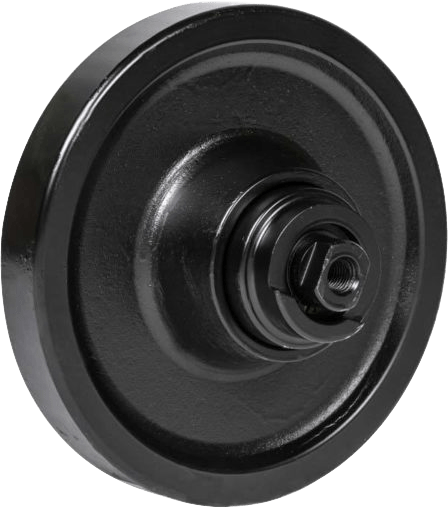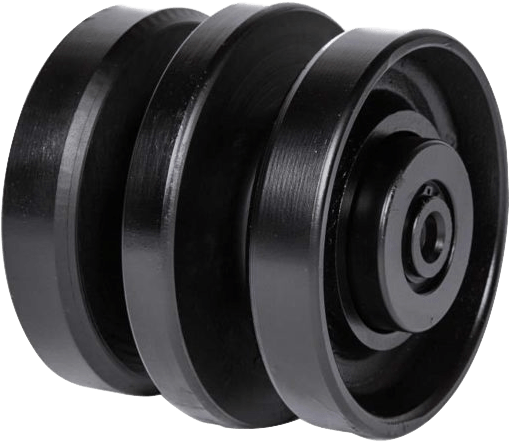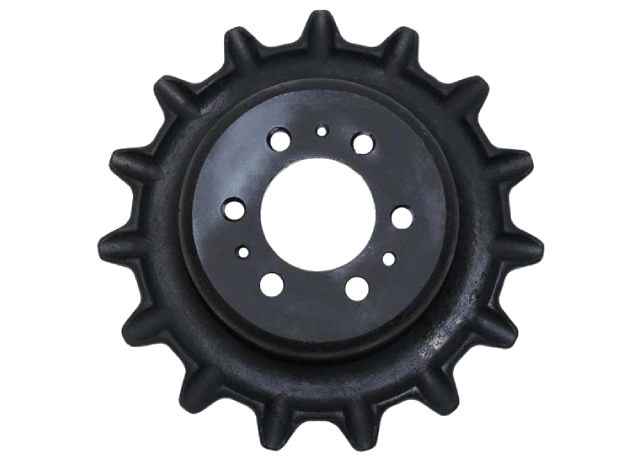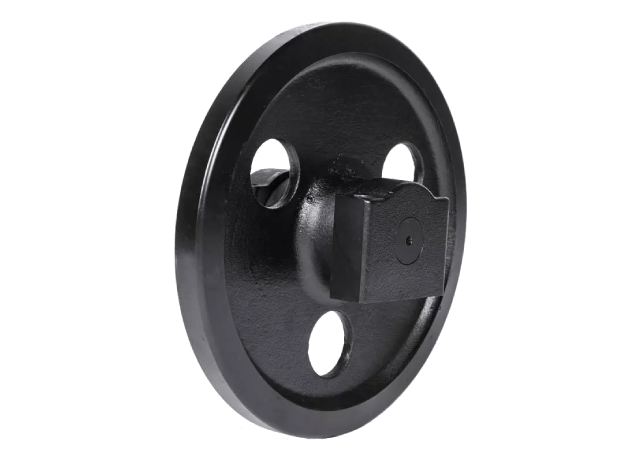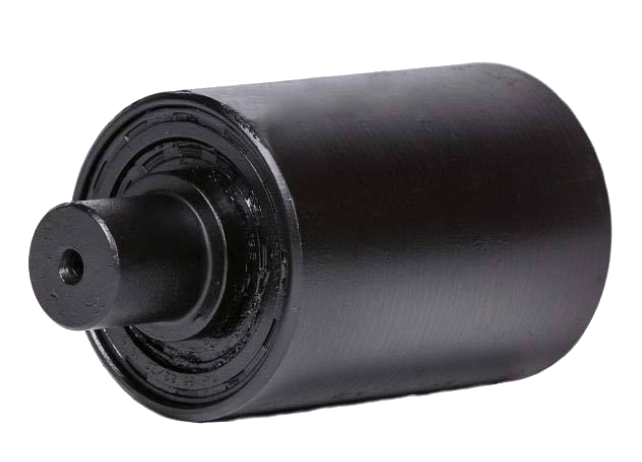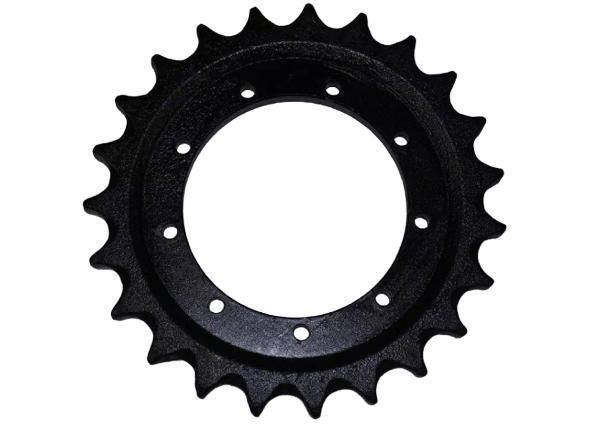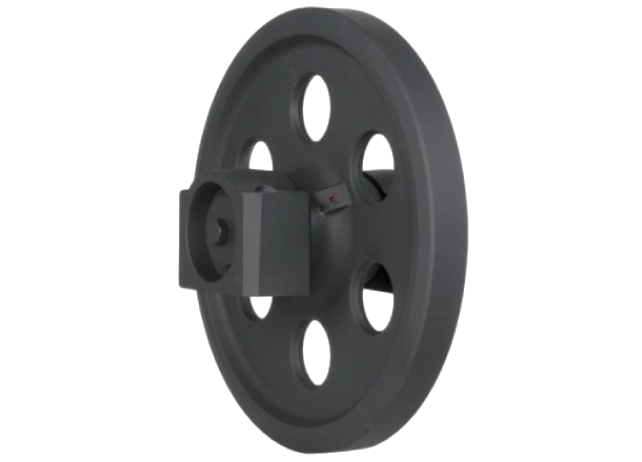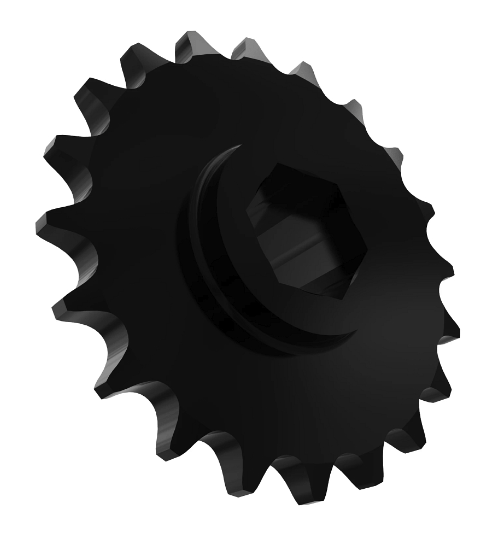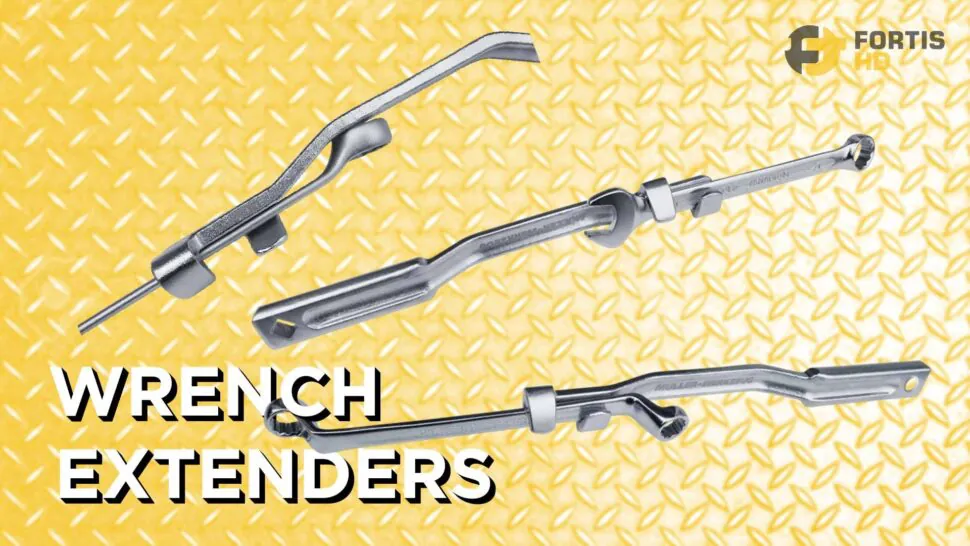If you’re in a hurry or at an awkward angle, with limited tools trying to loosen a tight fastener, then the two wrench method might be the right call.
However, it’s not 100% effective. Besides, the wrenches can slide or slip and hurt your knuckles, and the risk increases if you work on a bigger scale.
Instead, use a wrench extender. It’s a tool specifically designed to get more leverage.
Let’s break down the cons of the double wrench method and the pros of using a high-quality extension like the Mueller Kueps Wrench Extender.
Table of Content
The Cons of the Double Wrench Method
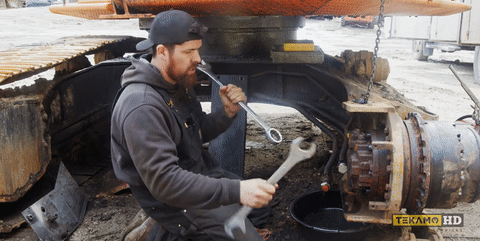
Right off the bat, you can’t double wrench a box end.
The double wrench method consists of linking the box end of a combination wrench to the open end of another one to add leverage.
You aren’t using your tools as intended because the wrench that serves as the extension is rotated 90° and working along the weak axis of its cross-section (see the picture below).
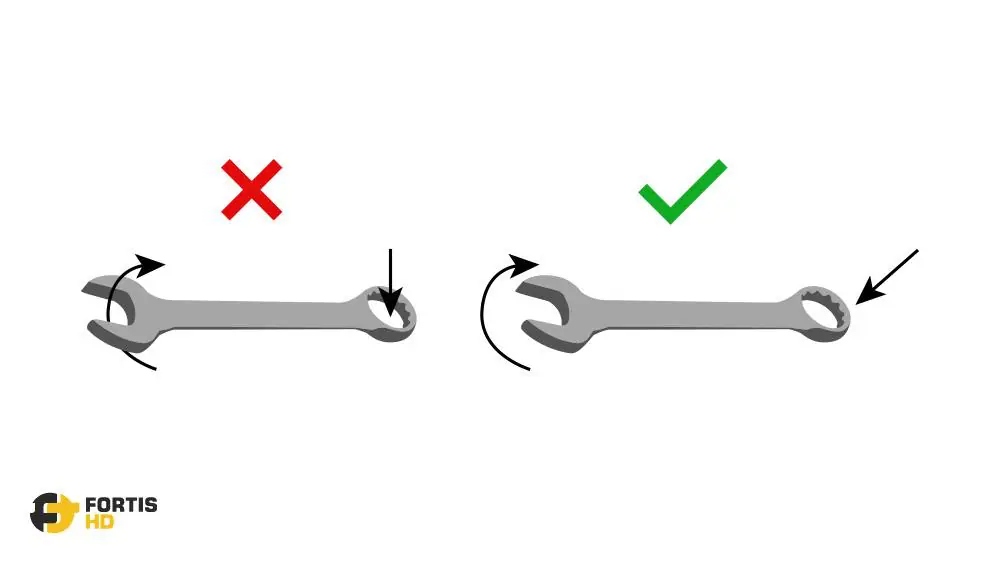
It may not be an issue for tiny wrenches, but you can bend bigger ones, especially from cheap brands, as several members of the Garage Journal Forum claim to have done.
Besides, you can’t refund a wrench when you double wrench too much with it because warranties don’t apply to defects resulting from using tools other than intended. Read, for example, the Sunex and Channellock warranties.
Manufacturers aren’t the only ones against the two wrench method. Some high-risk work environments, like mine sites, are against using tools improperly because they adhere to health and safety regulations from agencies like the Occupational Safety and Health Act (OSHA) and the Infrastructure Health and Safety Association (IHSA).
The following links show some of the OSHA and IHSA safety standards for using the right tools for a job. The standards make emphasis on cheater bars, which also apply to the double wrench method:
- OSHA Construction Industry Complete Job Aid (pages 55 and 56).
- IHSA Construction Health and Safety Manual – Rodwork (pages 43-1 to 43-5).
Too much for a couple of hurt knuckles, right? However, as we mentioned, bigger tools lead to higher risks.
On July 11, 2007, an employee of Tesoro Refining and Marketing Company—a petroleum and coal products manufacturing company that refines and markets petroleum products—broke eight bones in his right wrist while adding leverage to a 10’’ wrench.
The Pros of Using a GOOD Wrench Extender
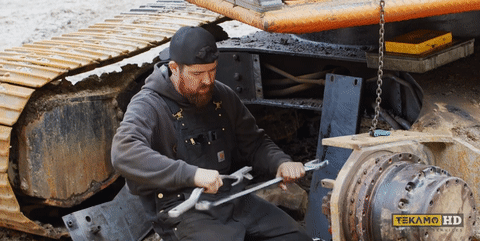
The design of a wrench extender—AKA knuckle duster, AKA torque amplifier, AKA power bar, AKA snap-on wrench extender—is similar across manufacturers. It’s a rounded or rectangular bar with two opposite lugs on one end, spaced a few inches apart. The lugs fit and lock the wrench. Thus, you can add leverage and increase torque.
However, like any other tool, not all extender designs are efficient. For instance, you can’t use most extenders on a box end, or they won’t fit several wrench sizes.
Instead of bombarding you with several models, we want to focus on the best one: the Mueller Kueps wrench extender.
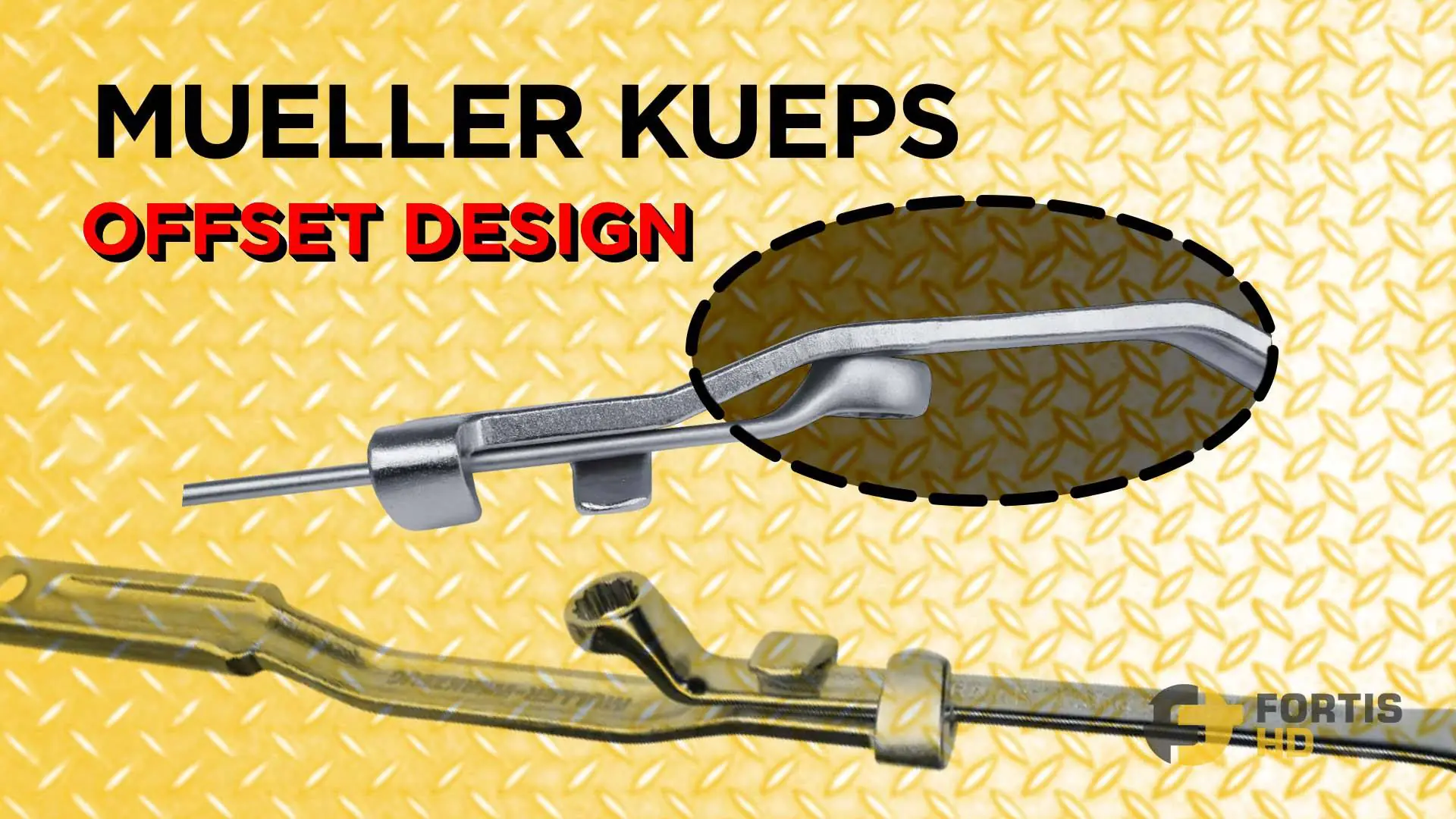
The Mueller Kueps extender works with both ends of a combination wrench, even with a 40-degree box end, thanks to its offset design.
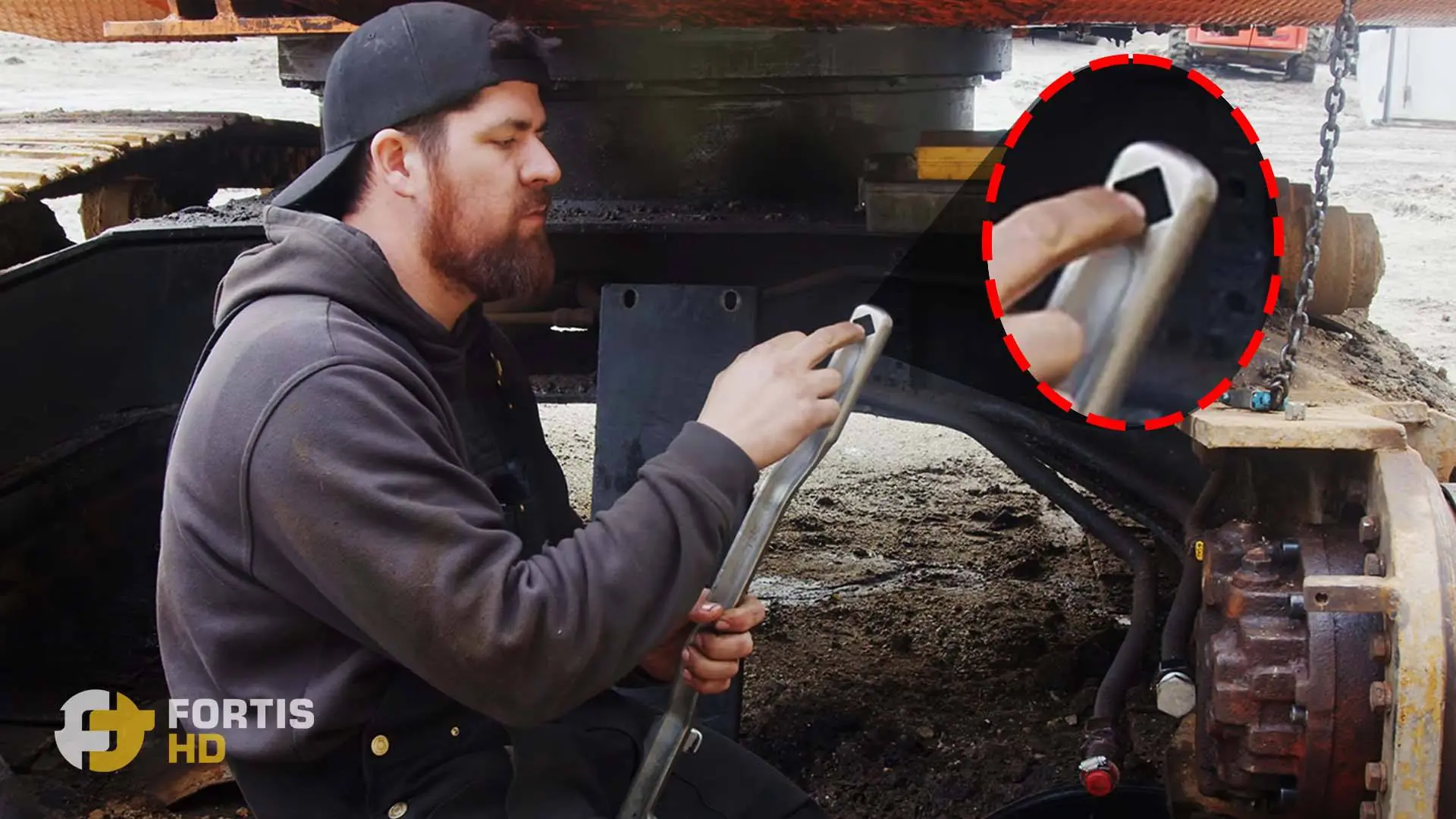
At the opposite end of the lugs, the extender has a square hole to fit a breaker bar to add even more leverage.
The extender is available in four sizes to guarantee fitment with any wrench brand and model:
- Large: 1 1/4‘’ – 1 7/8‘’ wrenches (32-46 mm).
- Medium: 15/16‘’ – 1 1/4‘’ wrenches (24-32 mm ).
- Regular: 9/16‘’ – 15/16‘’ wrenches (14-24 mm).
- Mini: up to 9/16‘’ (14 mm) and Allen keys.
The Mueller Kueps wrench extender is an engineered tool designed for its intended purpose. You can use it safely and legitimately on worksites with safety and health regulations like the ones mentioned in the last section (OSHA and IHSA).

Whether you’re navigating tight spaces or seeking that extra leverage, the Mueller wrench extender is an essential addition to every heavy-duty mechanic’s toolkit. You can buy all four sizes on the Fortis website.
In a Nutshell
Quit banging up your knuckles and bending your wrenches with the double wrench trick.
Whether you work doing wheel alignments, fixing tie rod ends, or are a heavy equipment mechanic frequently dealing with tight hydraulic lines, a wrench extender, a tool intended for that purpose, can help you get more torque.
Speaking of tie rod ends, besides the wrench extender, another top tool that goes hand-by-hand with it is a vibro impact tie rod separator. Our tie rod separator article reviews its advantages over typical tools and techniques.

